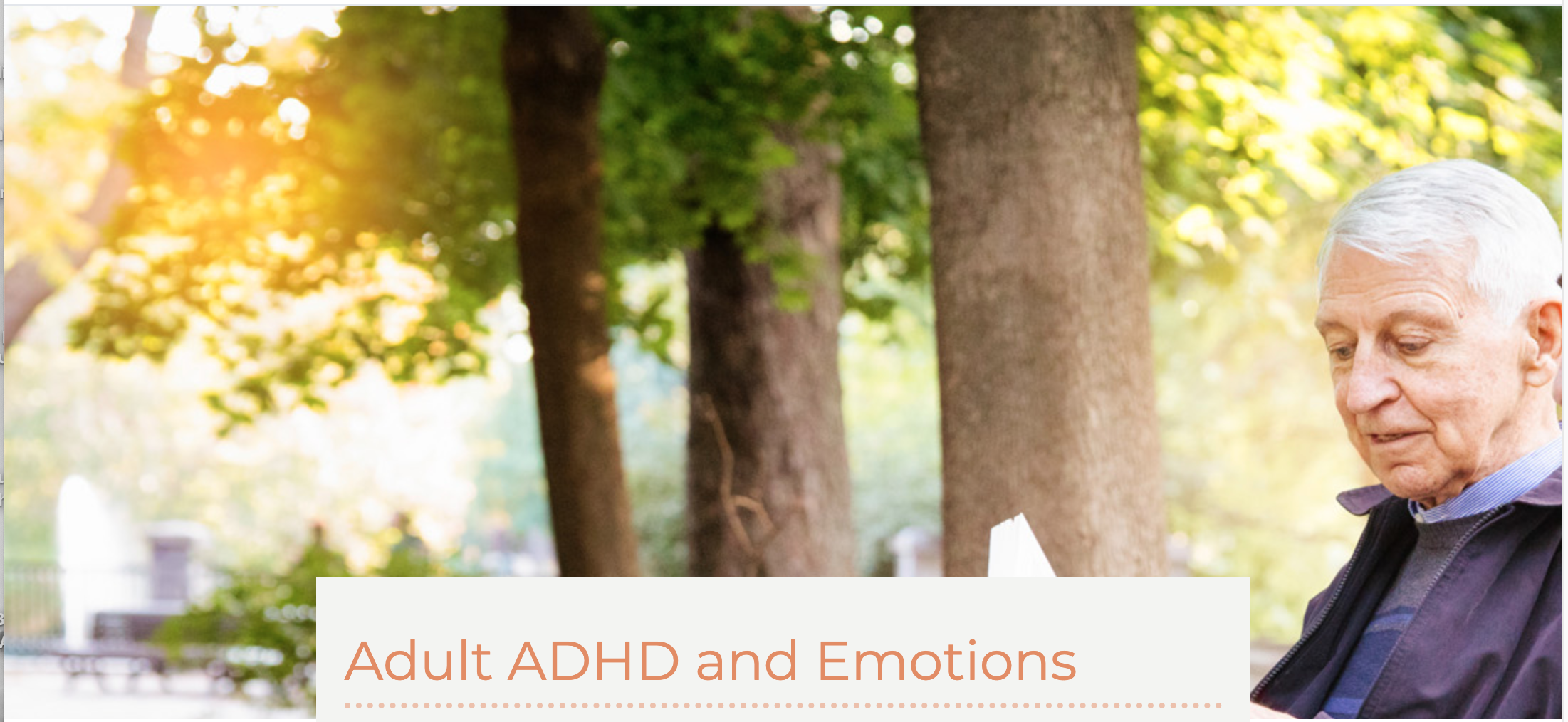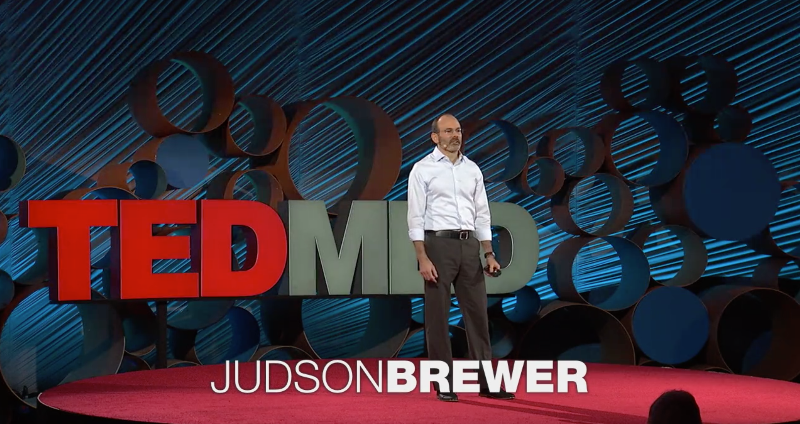
Learning to Pause
Last year, I wrote a blog about how a lesson learned from skiing was applicable to our ADHD brains. My thesis was that skis and snowboards are designed to turn in a specific way. If you let your skis operate the way they are designed, the result is beautiful. But, if you fight your skis, the result is ugly and possibly painful. Same thing with the ADHD brain. It’s designed to work in a specific way and if you work with your brain, the result is beautiful. If you fight your brain, the result is ugly and painful. The trick is trying to figure out how your brain is wired. Google stats say this is my most popular blog, so I thought I’d return to the analogy and take it forward another step.
Every skier (and boarder) knows that we are supposed to operate our equipment in compliance with the Skier Responsibility Code. Rule 1 is “Always stay in control. You must be able to stop or avoid people or objects.” Same thing with the ADHD brain. We need to be able to stop and pause to avoid (hurting) other people or objects.
Emotional dysregulation is one of the key identifiers of ADHD. Indeed, in Europe it’s one of the defining characteristics of ADHD. People with ADHD experience emotions very intensely and, when combined with our lack of impulse control, can result in “snap attacks” or unrestrained expressions of anger or frustration. It helps to be able to identify your triggers, so that you can develop enough self-awareness to stop the outburst before it happens. Normally, I tell my clients to mind their P’s when they feel an outburst coming on. The P’s: pause, ponder, pinpoint (what it is that is bothering you), process, make a plan, pursue the plan AND, whatever you do, don’t pounce or pummel.
So, how do we pause? I think every pause should begin with at least two deep breaths to get oxygen to the prefrontal cortex—the rational part of your brain. Once you’ve fed that part of your brain, what are you thinking about during the pause other than pinpointing what is triggering you? I had a situation recently where I got triggered, and I bought myself enough time to really ponder the situation before I responded. While I was trying to think about how to look at the situation and how to formulate a response, the Rotary International 4-Way test came to mind. “In everything we think, say or do: Is it the TRUTH? Is it FAIR to all concerned? Will it build GOODWILL and BETTER FRIENDSHIPS? Will it be BENEFICIAL to all concerned?” For me, what I planned to say was my truth and it was certainly fair to me, but, I knew that if I said what I really wanted to say, it would not build good will or better friendships. I knew I wanted and needed to maintain the relationship, so I had to figure out a way that do that while not compromising my principles. The creative ADHD brain activated and came up with a plan.
Last week, I was discussing the Power of the Pause with one of my wonderful clients and she shared the structure she created to deal with impulsivity in the store. During her pause she asked herself these three questions: What do I need? What do I want? What am I willing to give up to get what I want? Then, make a plan. (These questions are also great when considering career moves.) The point is to have a structure to what you do while you’re pausing. They can function like guardrails to get you safely to the other side when you get triggered to do or say something impulsive.
Resource


Partner Up News
Since the last newsletter, I have received my Professional Certified ADHD Coach (“PCAC”) certification from the Professional Association for ADHD Coaches (“PAAC”). To become certified, I had to take training in how the ADHD brain operates, meet the coach practice requirements in terms of coaching hours and pass an assessment where I demonstrated of a high level of skill in coaching sessions reviewed by other certified coaches, and passed an exam on ADHD. I have joined the faculty of the ADHD Coach Academy where I trained to be an ADHD Coach.
The ADHD Lawyers Group that we began last October is going strong. The group provides a safe and supportive environment where lawyers can speak among themselves (identities protected) about their ADHD challenges, wins, tips, tools, and strategies. The group selects the topics. Before each meeting, the group members get a link to a short presentation on the topic and, after the meeting, notes of the meeting are distributed. If you are interested in joining the group, send me an email at rosemary@partnerupcoach.com . The group meets every other Friday at 3pm Eastern/2pm Central/1pm Mountain/12 noon Pacific. If that time doesn’t work for you send me an email with a time that does, since we may start another group.
If you are finding yourself distracted by your emails in your gmail account, I was approached by some app developers who have designed an app for people with ADHD to help them get their gmail under control. If you are interested in learning more and possibly being a Beta tester reach out to Neil Ayton at neil@paxinbox.com

Spread the Word
Feel free to forward this newsletter to anyone you know who might benefit from it. Anyone can subscribe to this newsletter by going to www.partnerupcoaching.com

0 Comments